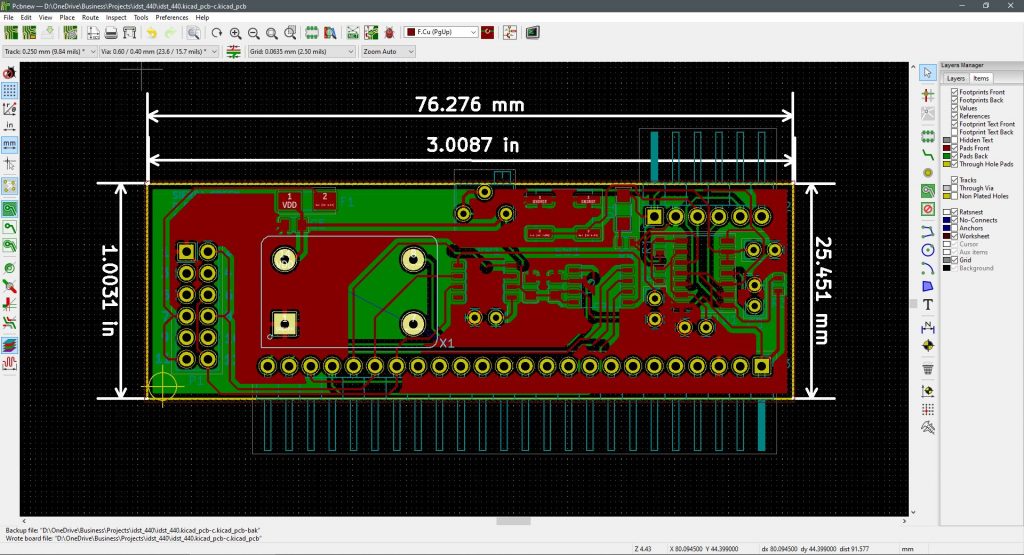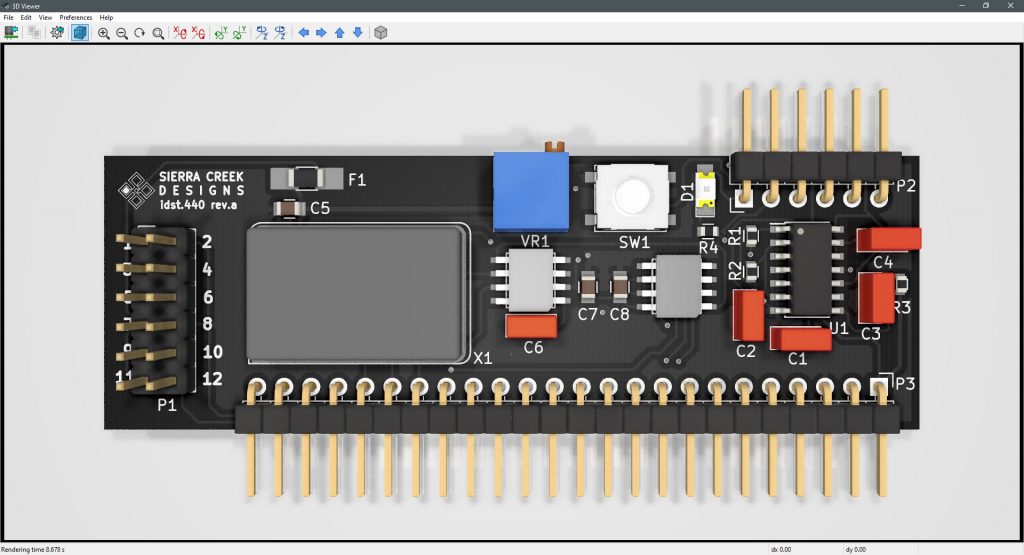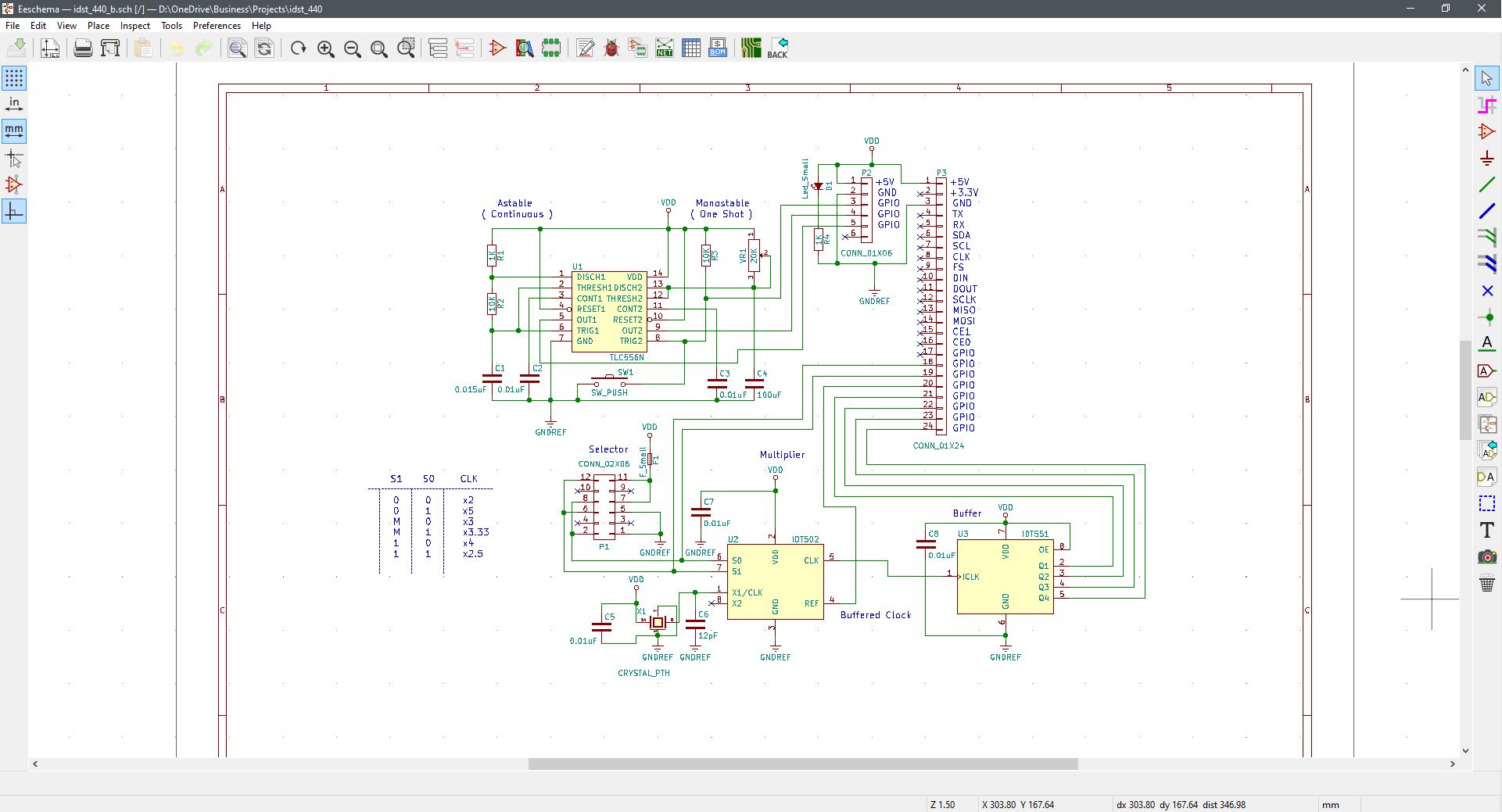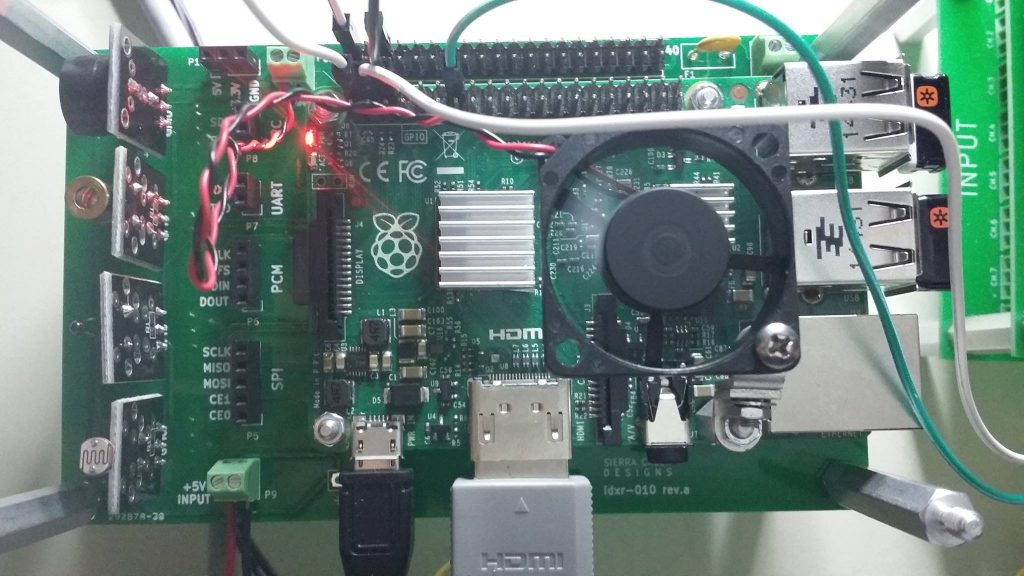Unraveling nested nodes to get the prototype unit fabricated and built. It’s inevitable, jumps and via’s shall be sprinkled throughout to overcome the entanglements. This is the first micro slot module among others to follow. A sort of proof of concept to arrange a vertically mounted assembly that inserts into base station modules that host SBCs.
Suitable for socketed on perforated boards as well to accommodate prototyping or one-and-done projects. The idea is to set a template project for modules overall whereas time to completion is accelerated from idea to development and completion. The framework by which originated or reference design materials is dropped-in to become far easier to implement with more attention placed upon interface or code requirements to satisfy intended functions.















